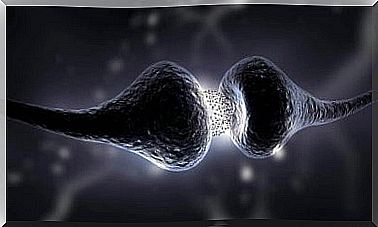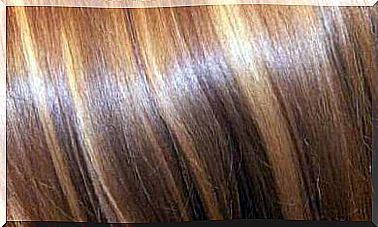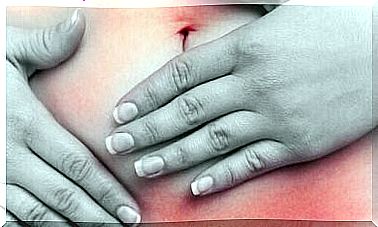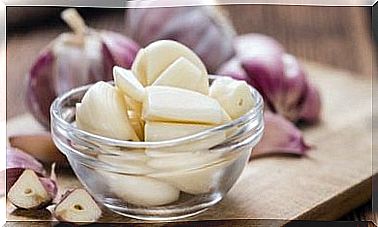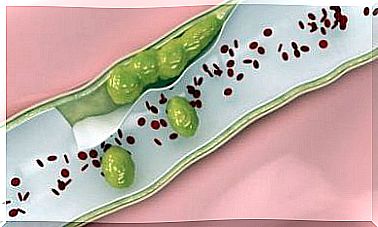White, Brown And Muscovadosugar: Similarities And Differences
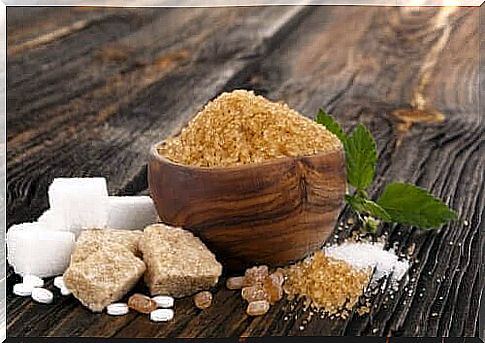
White sugar, brown sugar, muscovado sugar… Who wouldn’t like the sweet taste of these ingredients? It is no sin to admit that you like sugar, most people like it! When we taste sugar, our brains release large amounts of a neurotransmitter called dopamine, which is a hormone of pleasure and relaxation.
When the body does not get enough of this neurotransmitter, depression can occur. However, this does not mean that sugar should be eaten in excess. As nutrition experts in the Journal of the Faculty of Medicine point out, eating too much sugar is harmful to health.
So there should be little sugar in the diet. The World Health Organization (WHO) recommends that adults get less than 5% of their total calories from free sugar, which is roughly equivalent to 25 grams of sugar per day.
However, it should be remembered that sugar is found in many processed foods such as jam, candy and beverages. In addition, sugar is always sucrose, even if its taste and color vary.
We will tell you more about this below.
Crystallization processes of sucrose
To understand the differences and similarities between white, brown and muscovados sugar, one must first understand how to get this natural sweetener.
The sugar production process begins with sugar cane juice or sugar beet. Manufacturers clean and evaporate it until sugar syrup or molasses is formed.
Crystals are formed from this product. Depending on the degree of processing or refining, they may be white, brown or muscovado.
Are there any differences between these sugars?
What is white sugar?
Sugar is generally known as sucrose, as this carbohydrate is almost 100% of the product. According to the Spanish Food Code, sucrose is:
Sucrose is made up of a combination of two very simple molecules: glucose and fructose. It is the most used natural sweetener in the world and also the most important from an economic point of view. When we talk about white sugar, we are referring to processed sucrose crystals made from molasses.
This by-product is subjected to precise cleaning processes to remove all impurities. For this reason, white sugar is also known as “refined,” or refined. It tastes sweet, has a neutral aroma and 99% purity of sucrose.
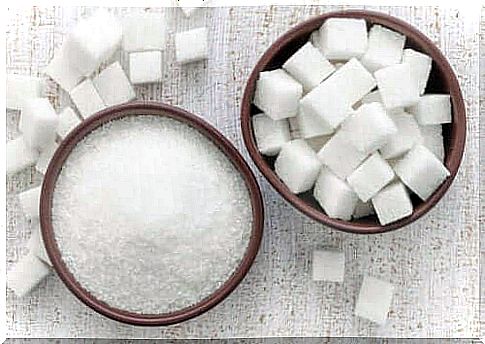
What is brown sugar?
Brown sugar can be whole sugar or processed. The latter is obtained by adding molasses to the purified product, which changes its color and taste. In short, refined and brown sugar differ only in color. The sucrose content is the same. The degree of darkness of the sugar varies depending on the amount of molasses added.
There is another type of brown sugar that corresponds to whole sugar. It is semi-finished, has yellow crystals and is coarse. It is obtained by partially separating water from molasses and impurities through a process known as centrifugation. Such sugar has a sucrose content of 95%.
What is muscovadosugar?
Muscovado sugar dates back to the 17th century. In Portuguese, the term was used for the lowest quality sugar. In reality, it is considered to be whole sugar obtained by traditional methods, but without the process of spinning or separating the molasses.
Molasses crystallizes very slowly. It forms granules and is sold as such. This sugar is also known as “raw sugar” and contains 97% sucrose and slightly more water than refined sugar.
White, brown and muscovadosugar: the main differences
To better understand the differences, we need to start with the similarities between these three sugars. First, all these sugars are made from the same raw material, i.e. sugar cane or sugar beet. In addition, the main by-product in all of them is molasses.
According to the purification and crystallization processes that molasses undergoes, these different sugars are obtained. Paulina Obando, a food technology specialist, notes that their sucrose content is similar. It ranges between 95% and 99%.
Thus, they contain approximately the same amount of calories. One tablespoon of sugar contains about 60 calories. So how do they differ? The answer is very simple. They differ in how molasses is processed, and therefore in taste and color.
White sugar
To produce white sugar, the molasses is evaporated, crystallized and centrifuged prior to the refining process. It is very sweet and its crystals reflect light.
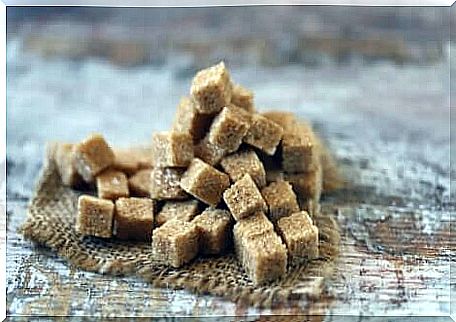
Brown sugar
To make brown sugar, refined sugar is mixed only with molasses, giving it a typical brown color. But when the molasses is semi-processed and partially cleaned of impurities, a slightly stronger color and caramel-flavored brown sugar (dark brown sugar) is obtained.
The amount of molasses added to the sugar crystals determines whether the sugar is light or dark brown. All brown sugars are sweeter than white sugar, and dark brown sugar has a sticky, lumpy texture with a mild caramel flavor.
Muscovadosokeri
Muscovadosugar is obtained when molasses is not separated from sucrose crystals. It is simply evaporated and crystallized before granulation. This results in a higher liquid content in the sugar and more natural minerals in the sugar cane, such as iron, magnesium, calcium and potassium.
However, their concentrations are very low. It would therefore be harmful to eat more than 100 g of muscovados sugar in order to complete the daily nutrient intake recommendations. It is much darker in color and has a stronger flavor than other brown sugars.
Which of these types of sugar should be remembered
The small differences between these three types of sugar clearly show that none of them is a better option than the others. They all have the same amount of sucrose and calories.
The minerals contained in brown and muscovadosugar are not nutritionally significant. The intake of sugar must therefore be limited, whatever the sugar, if you want to live a healthier life.
